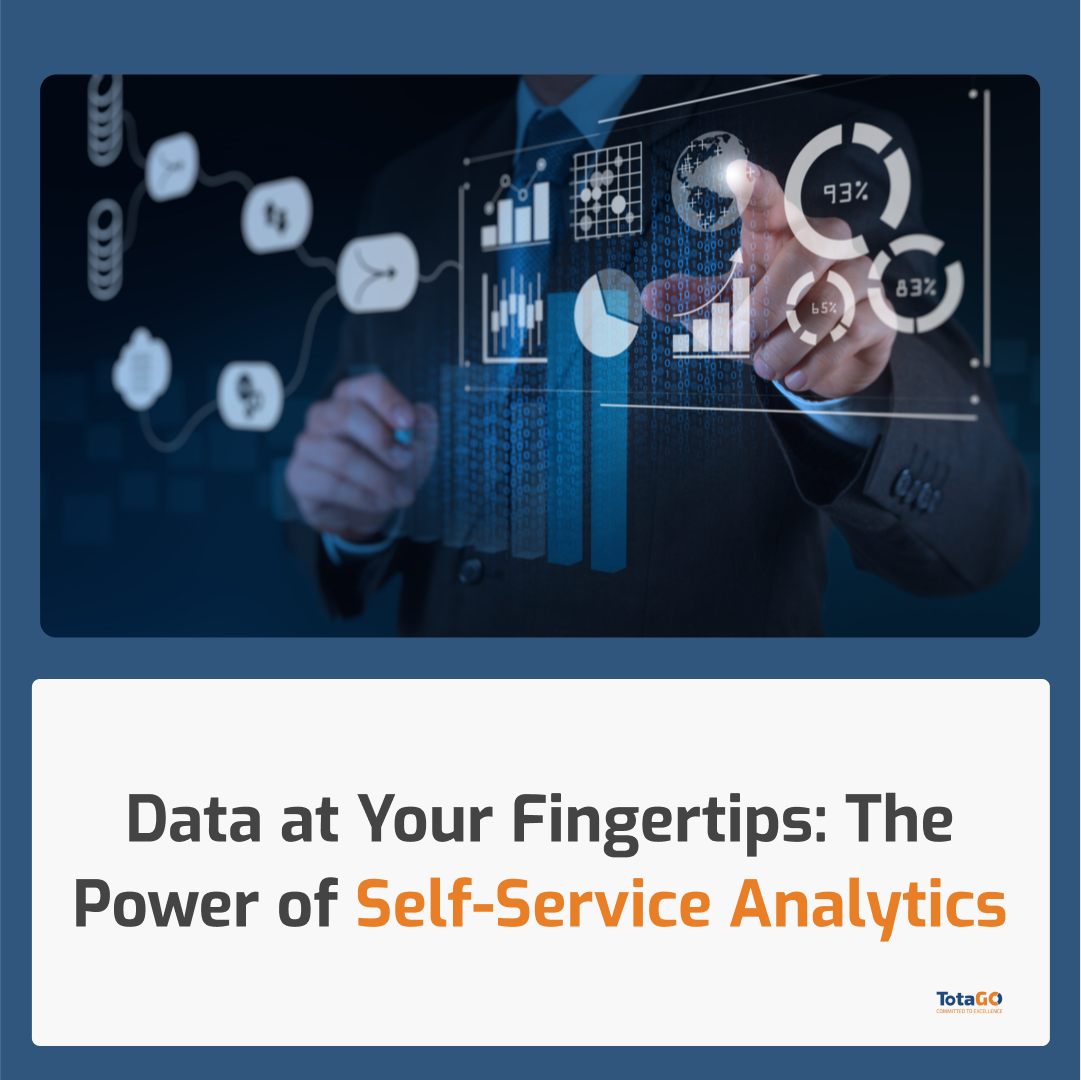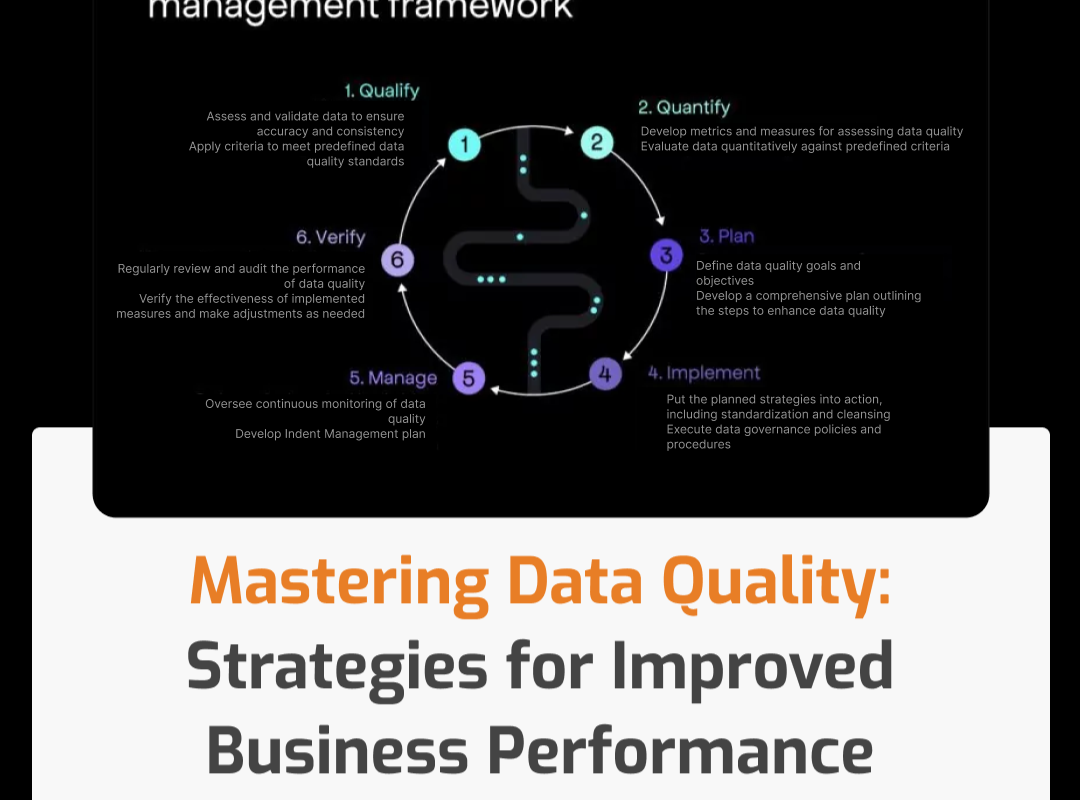Hello there! Have you been introduced to the transformative world of self-service analytics? It’s an incredible tool reshaping the landscape for businesses far and wide.
Imagine this: a plethora of data at your disposal, and you’re eager to extract insights swiftly. With self-service analytics, you can dive right in and explore that data yourself. No more waiting for the IT department or data experts – it’s like having the entire power of data right at your fingertips!
Self-service analytics emerges as a game-changer, empowering users to explore and utilize data independently. In this comprehensive guide, we delve into the essence of self-service analytics, its benefits, challenges, and future trends.
What Is Self-Service Analytics And Its Benefits?
This refers to the practice of enabling users to access, analyze, and derive insights from data without extensive IT intervention. The benefits are manifold, ranging from enhanced agility in decision-making to democratizing data access across the organization. By empowering users to explore data autonomously, organizations can foster innovation, improve operational efficiency, and respond promptly to market dynamics.
How To Choose The Right Self-Service Tools?
Selecting the appropriate self-service analytics tools is crucial for maximizing its potential. Prioritize solutions that offer intuitive interfaces, robust data visualization capabilities, and seamless integration with existing systems. Also, consider scalability, user-friendliness, and compatibility with diverse data sources. Conduct thorough evaluations, incorporating input from stakeholders across departments to ensure alignment with organizational objectives. Know more about Data Quality as it also helps with choosing the right tools.
How To Train Users For Self-Service Analytics?
Effective user training is pivotal for successful adoption of self-service analytics. Provide comprehensive programs tailored to users’ proficiency levels, from basic data literacy to advanced analytics techniques. Also, emphasize hands-on learning experiences, interactive workshops, and continuous support channels. Foster a culture of knowledge sharing and collaboration to facilitate skill development and empower users to leverage data effectively.
How To Ensure Data Security In Self-Service Environments?
Maintaining robust data security protocols is imperative to mitigate risks associated with self-service analytics. Implement stringent access controls, encryption mechanisms, and data governance frameworks to safeguard sensitive information. Conduct regular audits, vulnerability assessments, and compliance checks to uphold regulatory standards and address potential vulnerabilities proactively. Foster awareness among users regarding data privacy best practices and enforce strict adherence to security policies.
How To Overcome Adoption Challenges?
Overcoming resistance to change and fostering widespread adoption of self-service analytics requires a multifaceted approach. Champion executive sponsorship and create a compelling business case highlighting the tangible benefits of self-service analytics. Address user concerns through targeted communication, training initiatives, and user feedback mechanisms. Also, foster a culture of experimentation and continuous improvement, celebrating successes and learning from setbacks along the way.
How To Measure Self-Service Analytics Success?
Measuring the success of self-service analytics entails tracking key performance indicators aligned with organizational goals. Monitor user engagement metrics, such as adoption rates, active users, and frequency of data exploration sessions. Also, assess the impact on decision-making processes, time-to-insight, and business outcomes. Solicit feedback from users regarding usability, functionality, and overall satisfaction with the self-service analytics platform. Iterate based on insights gleaned from performance metrics to optimize its effectiveness continually.
What Are The Future Trends In Self-Service Analytics?
The future of self-service analytics holds promising developments driven by advancements in artificial intelligence, augmented analytics, and natural language processing. Also, anticipate greater automation of routine tasks, augmented decision support capabilities, and enhanced predictive analytics functionalities. Embrace emerging technologies such as machine learning models for data preparation, augmented data discovery tools, and conversational analytics interfaces. Stay abreast of industry trends and evolving user needs to adapt and innovate in the rapidly evolving landscape of self-service analytics.
Conclusion:
In conclusion, self-service analytics represents a paradigm shift in how organizations harness the power of data to drive innovation and achieve strategic objectives. Also, by embracing the principles of empowerment, education, and security, businesses can unlock the full potential of self-service analytics, enabling users to transform data into actionable insights at their fingertips.






